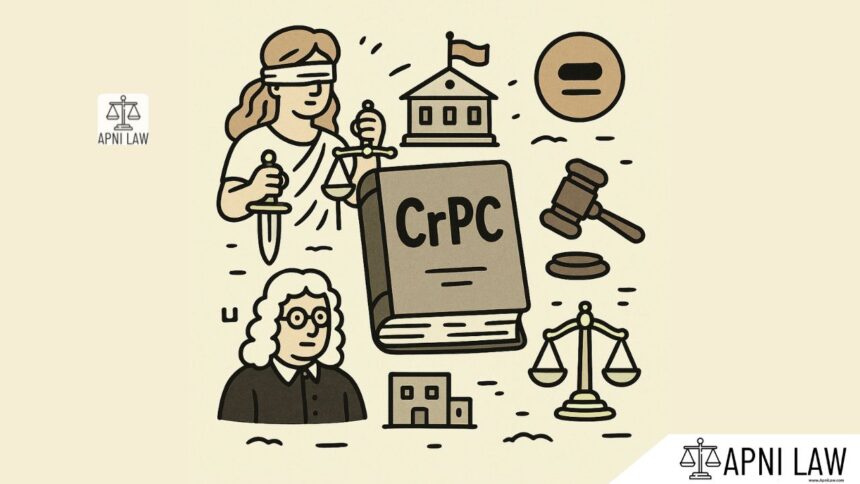Code:
(1) On the date so fixed, the Judge shall proceed to take all such evidence as may be produced in support of the prosecution.
(2) The Judge may, in his discretion, permit the cross-examination of any witness to be deferred until any other witness or witnesses have been examined or recall any witness for further cross-examination.
Explanation:
This section states that the prosecution in a criminal case needs to produce sufficient evidence to prove the guilt of the accused beyond reasonable doubt. This means that the prosecution has to establish a strong case against the accused based on credible evidence. The evidence may include:
- Oral testimony of witnesses
- Documentary evidence
- Material evidence (e.g., fingerprints, DNA samples)
- Circumstantial evidence
Illustration:
Imagine a case where a person is accused of theft. The prosecution may present evidence such as:
- Witness testimony: A witness who saw the accused stealing the item.
- CCTV footage: Footage showing the accused taking the item.
- Recovered item: The stolen item recovered from the accused’s possession.
All of this evidence, taken together, must be sufficient to convince the court that the accused is guilty beyond a reasonable doubt.
Common Questions & Answers:
Q1: What if the prosecution does not produce enough evidence?
A: If the prosecution fails to produce sufficient evidence to prove the accused’s guilt beyond a reasonable doubt, the court will acquit the accused.
Q2: What are the different types of evidence admissible in court?
A: The CrPC lays down various rules regarding the admissibility of evidence. Different types of evidence include:
- Direct evidence: Evidence that directly proves a fact, such as witness testimony.
- Circumstantial evidence: Evidence that indirectly proves a fact, such as finding the accused’s fingerprints at the crime scene.
- Documentary evidence: Written documents, photographs, and other materials that can provide evidence.
Q3: Can the accused challenge the evidence presented by the prosecution?
A: Yes, the accused has the right to challenge the evidence presented by the prosecution. The accused can present their own evidence, cross-examine prosecution witnesses, and argue that the prosecution’s evidence is unreliable or insufficient.








